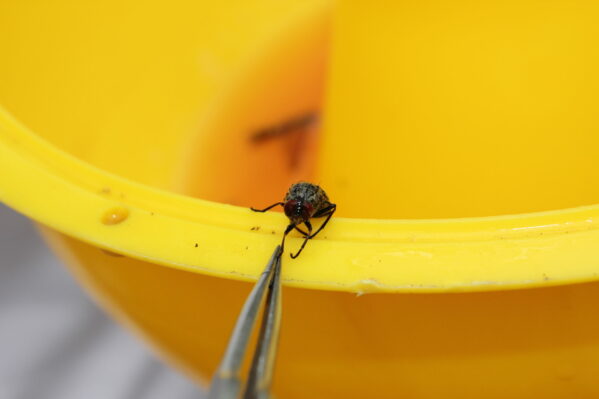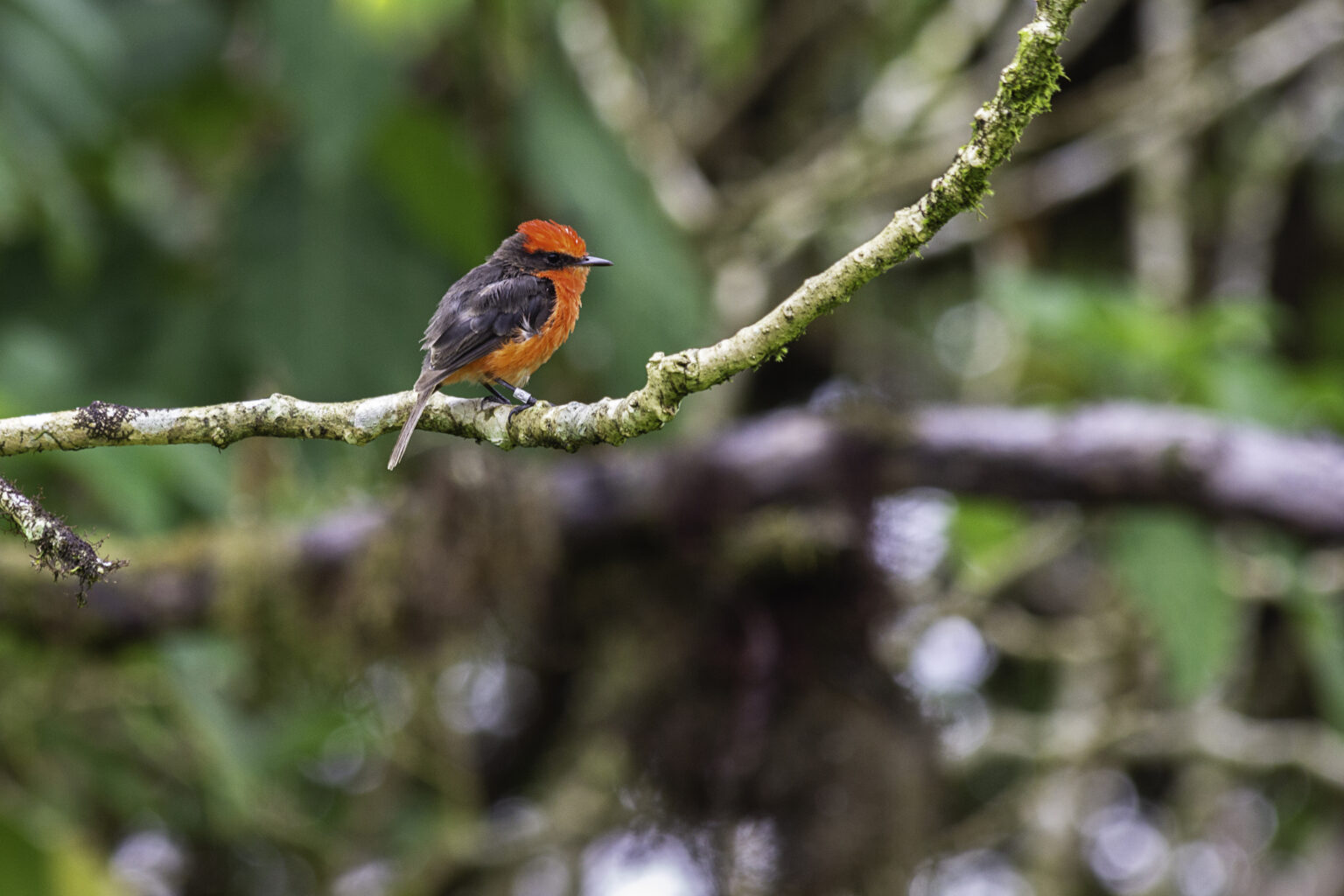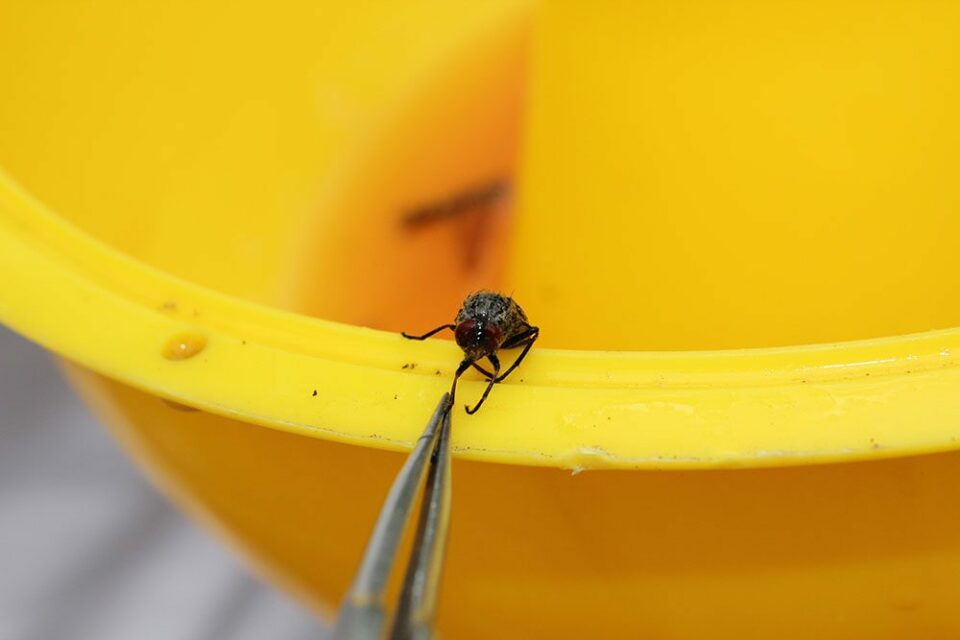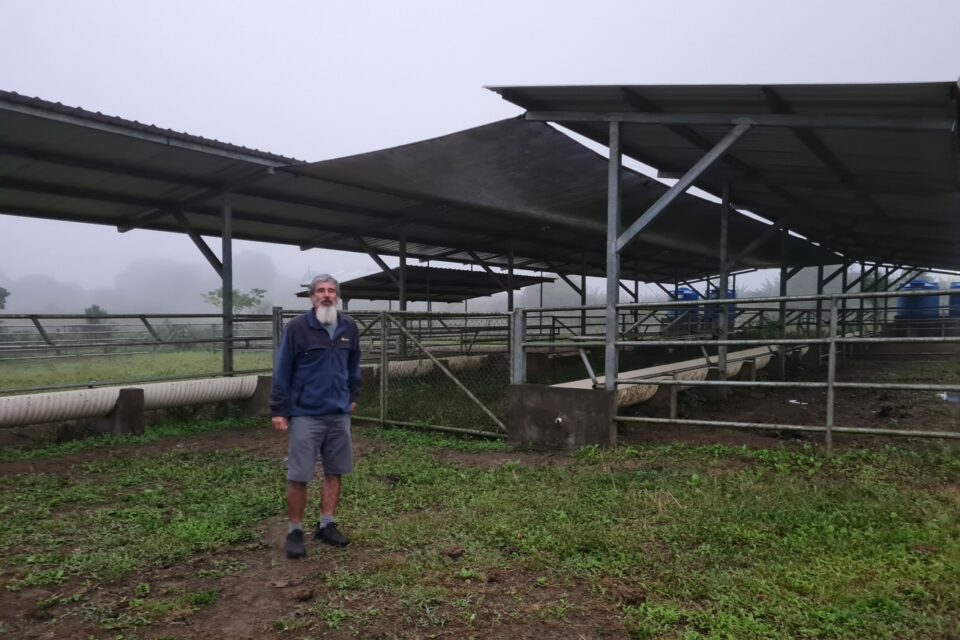
What are invasive species?
Invasive species are animals, plants, pathogens or fungi that thrive outside of their native range, subsequently interrupting and damaging the balance of flora and fauna within the local ecosystem.
They usually have the ability to grow quickly, causing harm to the original environment in many different ways. There are many invasive species in existence across the globe, introduced both deliberately and accidentally.
Invasive species are of particular concern for the conservation of islands like Galapagos. Despite their high levels of biodiversity, islands also have high levels of endemism. Island species also usually only exist in small numbers, making them particularly vulnerable to extinction. In fact, the majority of all recorded extinctions that have occurred on islands list invasive species as the primary cause. The isolation of the Galapagos Islands has prevented the immigration of new species over time. This means the native species here have few strong competitors or predators.

Invasive species in the Galapagos Islands
Since the Islands were first discovered in 1535, many species have been introduced by humans, mostly before we knew the impacts these species would have on the natural ecosystem. Some were deliberately brought to the Islands for agricultural and aesthetic purposes. Pigs, goats and chickens were brought to provide food, species such as domestic cats and dogs were brought for companionship, and many ornamental plants were introduced to create gardens. Other species were introduced unintentionally, including rats and various insects and pathogens. Today there are estimated to be almost 1,500 introduced species in the Galapagos Islands.


Controlling invasive species
A range of actions have been put into place in order to control, limit and eliminate the risk of any further invasive species entering the Islands. These range from scanning every visitor’s bag on arrival to and departure from the Islands, to capturing and removing invasive mammals and plants.
GCT is currently funding projects within Galapagos to support the Galapagos National Park Directorate in their mission to control invasive species. One of the invasive species posing the biggest threat to Galapagos wildlife is a species of parasitic avian vampire fly, Philornis downsi. The larvae of this fly feed on the eggs and hatchlings of many species of Galapagos land bird. This increases the mortality rate of the chicks, and has led to a decline in the population of many species of Darwin’s finch. Over the last few years, an international research network led by the Charles Darwin Foundation has significantly furthered the understanding of the biology of this fly, to produce an effective control plan to minimise its impact on Galapagos land birds.
GCT is also supporting partners in the restoration of Floreana island, which will involve the most ambitious eradication programme ever carried out on an inhabited tropical island. Once invasive rats and feral cats have been successfully removed from the island, the next phase will involve the reintroduction of locally extinct species, including iconic land birds such as the little vermilion flycatcher and the Floreana mockingbird.
Key invasive species in Galapagos


Black rat

Hill raspberry

Help the wildlife of Galapagos survive and thrive
There are many ways to support our vision for a sustainable Galapagos: why not adopt an animal, become a GCT member or donate today?
Find out more about invasive species...

What is being done to save the little vermilion flycatcher?

How do we solve the problem of invasive species in Galapagos?

Restoring Floreana: A local perspective





